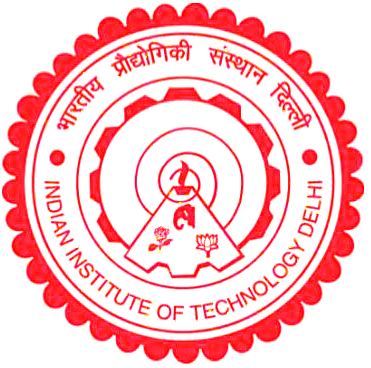
Home Research Publications Posts Members Join us Updates
Due to their excellent optical properties, glasses are used for various applications ranging from smartphone screens to telescopes. Developing compositions with tailored Abbe number (Vd) and refractive index (nd), two crucial optical properties, is a major challenge. To this extent, machine learning (ML) approaches have been successfully used to develop composition-property models. However, these models are essentially black-box in nature and suffer from the lack of interpretability. In this paper, we demonstrate the use of ML models to predict the composition-dependent variations of Vd and n at 587.6 nm (nd). Further, using Shapely Additive exPlanations (SHAP), we interpret the ML models to identify the contribution of each of the input components toward a target prediction. We observe that the glass formers such as SiO2, B2O3, and P2O5, and intermediates like TiO2, PbO, and Bi2O3 play a significant role in controlling the optical properties. Interestingly, components that contribute toward increasing the nd are found to decrease the Vd and vice-versa. Finally, we develop the Abbe diagram, also known as the” glass veil”, using the ML models, allowing accelerated discovery of new glasses for optical properties beyond the experimental pareto front. Overall, employing explainable ML, we discover the hidden compositional control on the optical properties of oxide glasses.
Read full article here.